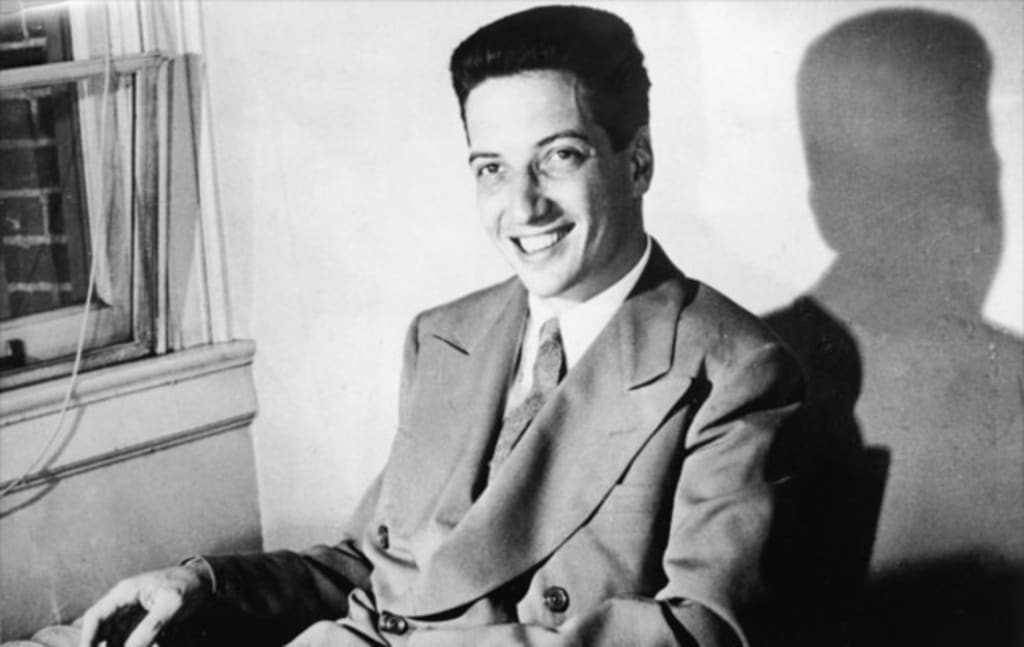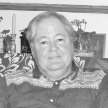The Greatest Music Man You Have Probably Never Heard Of
It don't mean a thing if it ain't got that swing.

So, what you do if you're a scion of one of the richest dynasties in America? Well, you turn to music, of course. John Henry Hammond, Jr., born in 1911 into a branch of the Vanderbilt family, was never destined to tread a path into the world of banking. From an early age, he was only interested in music.
Traveling to London in 1923, he encountered jazz for the first time, profoundly changing him, not just in the way he viewed music but in his attitude to his own country’s treatment of Negroes. Shortly after his return to America, he became a white boy in Harlem, searching for black music wherever he could find it. At his boarding school he was given the privilege to travel to New York weekly to learn violin with a renowned teacher; and after lessons, he would sneak off to Harlem.
For a short time, before he went to Yale in 1929, he became a reporter for the Portland Evening News, where his interest in social issues grew, which in turn affected his studies. A reoccurrence of his old illness, jaundice, soon interrupted everything. Missing a semester and unwilling to make up the time, he quit to become the first US reporter for the UK based Melody Maker.
With time on his hands and with the financial means at his disposal he funded a number of recording sessions, even coming to the aid of his future employer CBS. It was during this time he became friends with Benny Goodman, whom he secured a deal for with Columbia, encouraging him that his future lay in swing jazz, in the New Orleans style, rather than the way it was being played. In 1933 he was bowled over by the 17-year-old Billie Holliday and introduced her to Goodman. He found and recorded the first influential jazz guitarist, the consumptive Charlie Christian, and later Count Basie whom he brought to New York and promoted throughout the States, by the means of his music columns.
His greatest coup at that time was the organization of the ‘From Spirituals to Swing,’ Concert at Carnegie Hall. This became a milestone for black music as it incorporated the scope of its entire history in one evening. An array of talent told the story of Negro music, from the call and repeat songs of the fields, through spirituals, the Delta Blues and ending with an all-out celebration of Jazz. Heading the bill was Count Basie, the harmonica player Sonny Terry and originally Robert Johnson, whom he went South to track down. Having found that he had died some months earlier, he replaced him with Big Bill Broonzy. This was only a fraction of the talent on show that night, bringing together Hammond’s deep commitment to race music, civil rights and the integration of black and white musicians. Throughout his pioneering work, he took nothing for the work he put in; taking no producers nor organizers fees, seeing what he was doing as service to the African-American musical legacy.
After marriage and a stint in the army, he worked for a number of small labels as director of A&R before he help set up the first Newport Jazz Festival and then joining CBS in an A&R capacity. After revitalizing the label's jazz output he found the young Aretha Franklin and set her on her future path. Turning to folk music, which was becoming very popular with younger audiences, he signed the veteran activist Pete Seeger, and cottoned on shortly after to a young guitar and harmonica player who became known in the CBS corridors as ‘Hammond's Folly,’ Bob Dylan proved anything but and went on to become an artist who was essential to 20th century music. Making amends for not finding Robert Johnson soon enough, he oversaw the cutting and reissues of his body of work.
He scored further success in the 60’s by securing the services of Canadian singer/poet Leonard Cohen, but it was at the start of the next decade that he signed perhaps his most successful find. Pushed by his manager Mike Appel, a nervous Bruce Springsteen only had to play one acoustic song for Hammond before he snapped him up. Retiring from the label in 1975 he continued as a consultant, bringing guitarist Stevie Ray Vaughan to prominence in 1983, co-producing his first album.
John Hammond was a music man through and through, his deep love of music of all kinds shone through everything he achieved in his life. As a boy, when he infiltrated the race clubs of New York the process of racial integration had yet to begin, he saw inequality all around and for the rest of his life, he made steps to change it for the better. Saying that, he was not perfect, Hammond had an air of aggrandizement about him, not necessarily because the edge the family wealth gave him. He could be difficult at times and in the end fell out with most of those he championed because of his high standards. A gentleman until his death in 1987, he reputedly passed away listening to Billie Holliday, a fitting tribute to an enlightened man.
About the Creator
Bob Robertson
A professional journalist, numerous websites and blogs/4 novellas available through Amazon Paperback and book on aspects of American History/Please see thenovelideaandassociates.net for further details...






Comments
There are no comments for this story
Be the first to respond and start the conversation.